Mars Incorporated has developed an autonomous robot that will follow shoppers around a grocery store to tempt them with candy before they checkout.


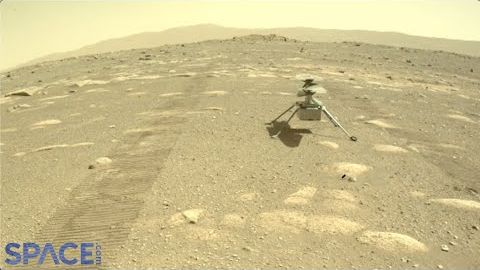
The Ingenuity helicopter has touched down on the surface of the red planet. NASA confirmed that it was successfully deployed on April 3, 2021. Full Story: https://www.space.com/mars-helicopter-ingenuity-touches-down-martian-surface.
Watch NASA’s Mars helicopter unfold like a butterfly: https://www.space.com/mars-helicopter-unfolds-legs-perseverance-rover-video.
Credit: Space.com | imagery & audio courtesy: NASA/JPL-Caltech | produced & edited by Steve Spaleta (http://www.twitter.com/stevespaleta)
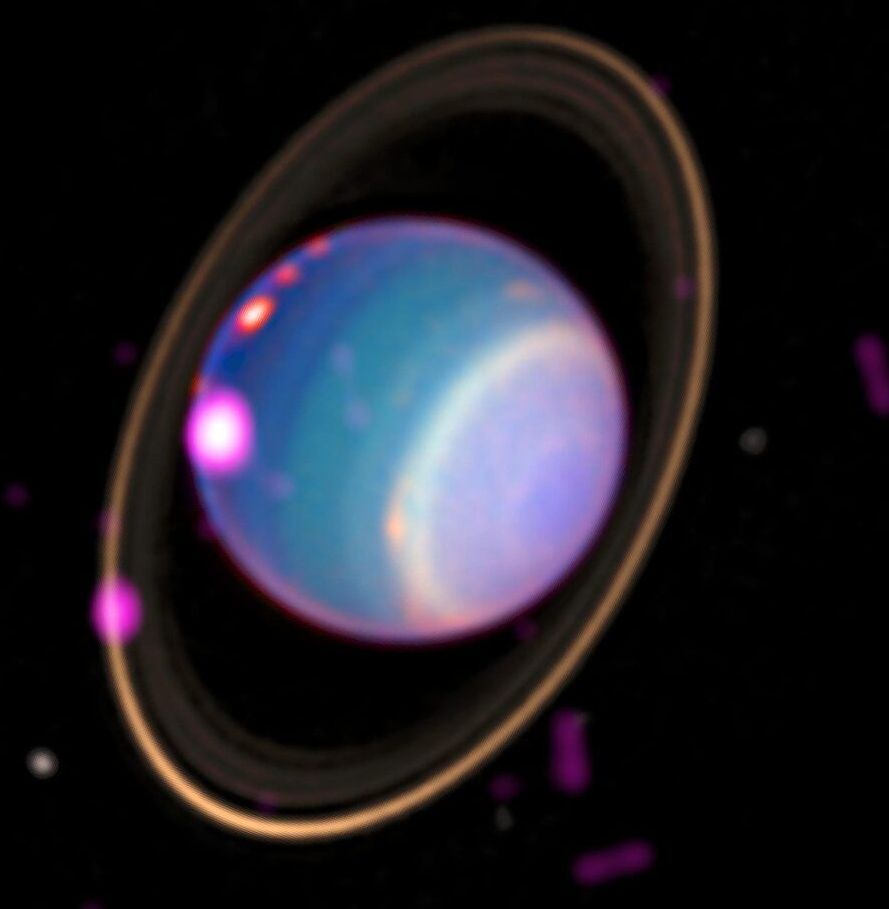
Astronomers have announced the Uranus, the seventh planet from the Sun, is an ice giant planet in the outer Solar System. Like Jupiter and Saturn, Uranus and its rings appear to mainly produce X-rays by scattering solar X-rays, but some may also come from.
Astronomers have detected X-rays from Uranus for the first time, using NASA ’s Chandra X-ray Observatory. This result may help scientists learn more about this enigmatic ice giant planet in our solar system.
Uranus is the seventh planet from the Sun and has two sets of rings around its equator. The planet, which has four times the diameter of Earth, rotates on its side, making it different from all other planets in the solar system. Since Voyager 2 was the only spacecraft to ever fly by Uranus, astronomers currently rely on telescopes much closer to Earth, like Chandra and the Hubble Space Telescope, to learn about this distant and cold planet that is made up almost entirely of hydrogen and helium.
In the new study, researchers used Chandra observations taken in Uranus in 2002 and then again in 2017. They saw a clear detection of X-rays from the first observation, just analyzed recently, and a possible flare of X-rays in those obtained fifteen years later. The main graphic shows a Chandra X-ray image of Uranus from 2002 (in pink) superimposed on an optical image from the Keck-I Telescope obtained in a separate study in 2004. The latter shows the planet at approximately the same orientation as it was during the 2002 Chandra observations.
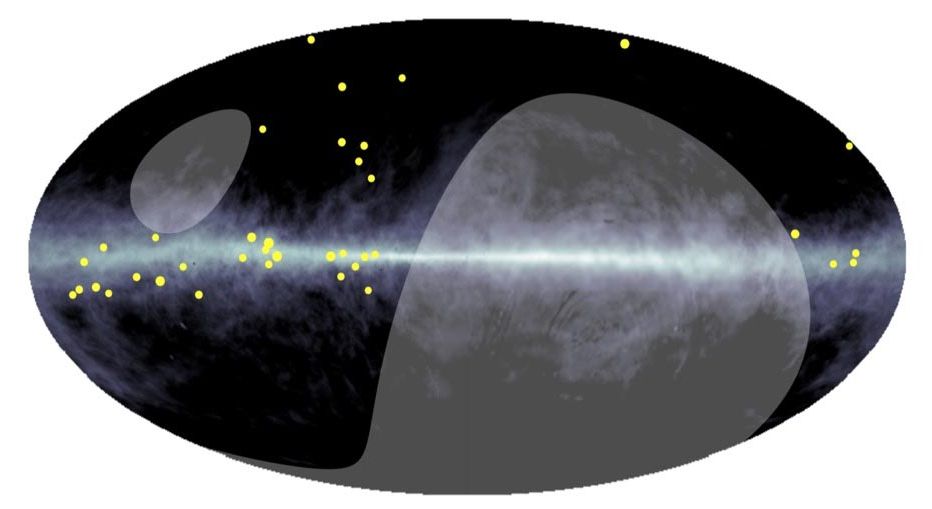
The Tibet ASγ experiment, a China-Japan joint research project on cosmic-ray observation, has discovered ultra-high-energy diffuse gamma rays from the Milky Way galaxy. The highest energy detected is estimated to be unprecedentedly high, nearly 1 Peta electronvolts (PeV, or one million billion eV).
Surprisingly, these gamma rays do not point back to known high-energy gamma-ray sources, but are spread out across the Milky Way (see Figure 1).
Scientists believe these gamma rays are produced by the nuclear interaction between cosmic rays escaping from the most powerful galactic sources (“PeVatrons”) and interstellar gas in the Milky Way galaxy. This observational evidence marks an important milestone in revealing the origin of cosmic rays, which has puzzled mankind for more than a century.

NASA’s Juno spacecraft captured a new aurora feature on Jupiter that is characterized by faint ring-shaped emissions that expand rapidly over time. These auroral emissions are believed to be triggered by charged particles coming from the edge of the planet’s magnetosphere.
NASA’s Juno mission has detected new auroral emissions on Jupiter which appear to ripple over the planet’s poles.
The Ultraviolet Spectrograph (UVS) on the Juno spacecraft captured this glowing phenomenon, which is characterized by faint ring-shaped emissions that expand rapidly over time at speeds between 2 and 4.8 miles per second (3.3 and 7.7 kilometers per second). Researchers from the Southwest Research Institute (SwRI), where Juno’s UVS instrument was built, suggest these auroral emissions are triggered by charged particles coming from the edge of Jupiter’s massive magnetosphere, according to a statement from the institute.
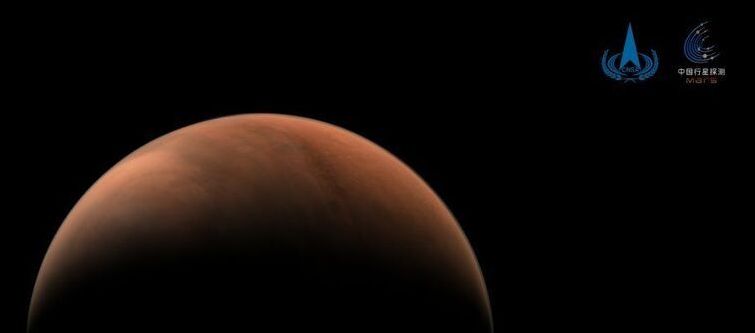
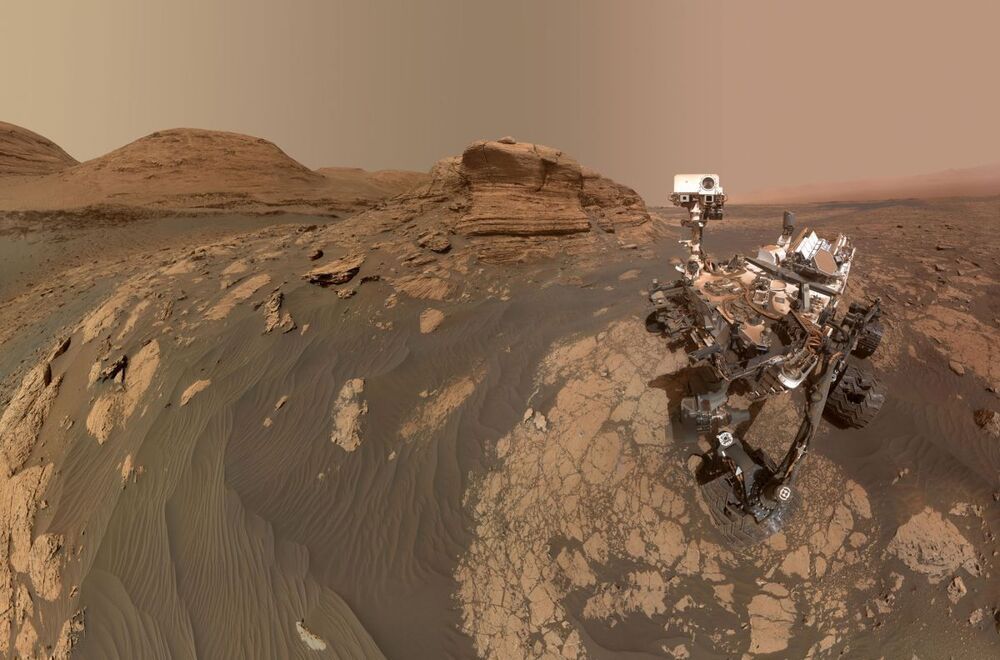
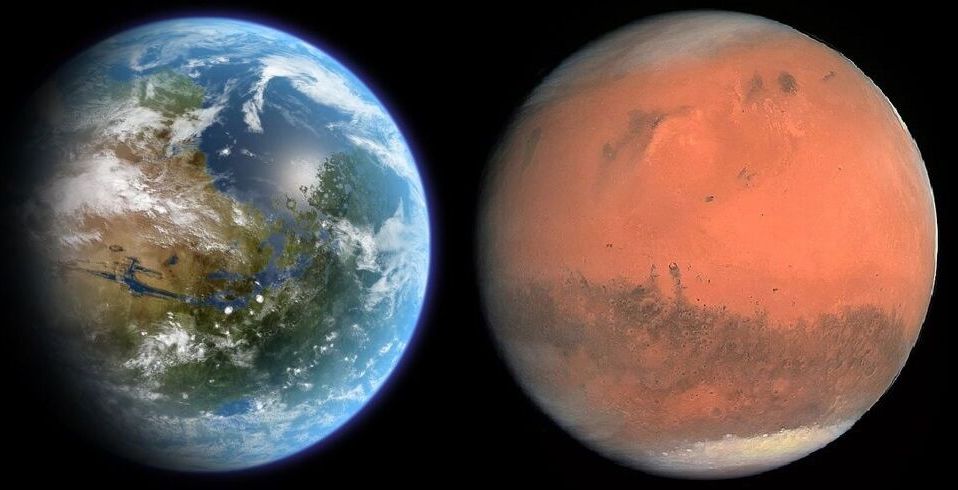
Roughly 4 billion years ago, Mars looked a lot different than it does today. For starters, its atmosphere was thicker and warmer, and liquid water flowed across its surface. This included rivers, standing lakes, and even a deep ocean that covered much of the northern hemisphere. Evidence of this warm, watery past has been preserved all over the planet in the form of lakebeds, river valleys, and river deltas.
For some time, scientists have been trying to answer a simple question: where did all that water go? Did it escape into space after Mars lost its atmosphere, or retreat somewhere? According to new research from Caltech and the NASA Jet Propulsion Laboratory (JPL), between 30% and 90% of Mars’ water went underground. These findings contradict the widely-accepted theory that Mars lost its water to space over the course of eons.
The research was led by Eva Scheller, a Ph.D. candidate at the California Institute of Technology (Caltech). She was joined by Caltech Prof. Bethany Ehlmann, who is also the associate director for the Keck Institute for Space Studies; Caltech Prof. Yuk Yung, a senior research scientist with NASA JPL; Caltech graduate student Danica Adams; and JPL research scientist Renyu Hu.


With an internal global ocean twice the size of Earth’s oceans combined, Jupiter’s moon Europa carries the potential for conditions suitable for life. But the frigid temperatures and the nonstop pummeling of the surface from Jupiter’s radiation make it a tricky target to explore: Mission engineers and scientists must design a spacecraft hardy enough to withstand the radiation yet sensitive enough to gather the science needed to investigate Europa’s environment.
The Europa Clipper orbiter will swoop around Jupiter on an elliptical path, dipping close to the moon on each flyby to conduct detailed reconnaissance. The science includes gathering measurements of the internal ocean, mapping the surface composition and its geology, and hunting for plumes of water vapor that may be venting from the icy crust.